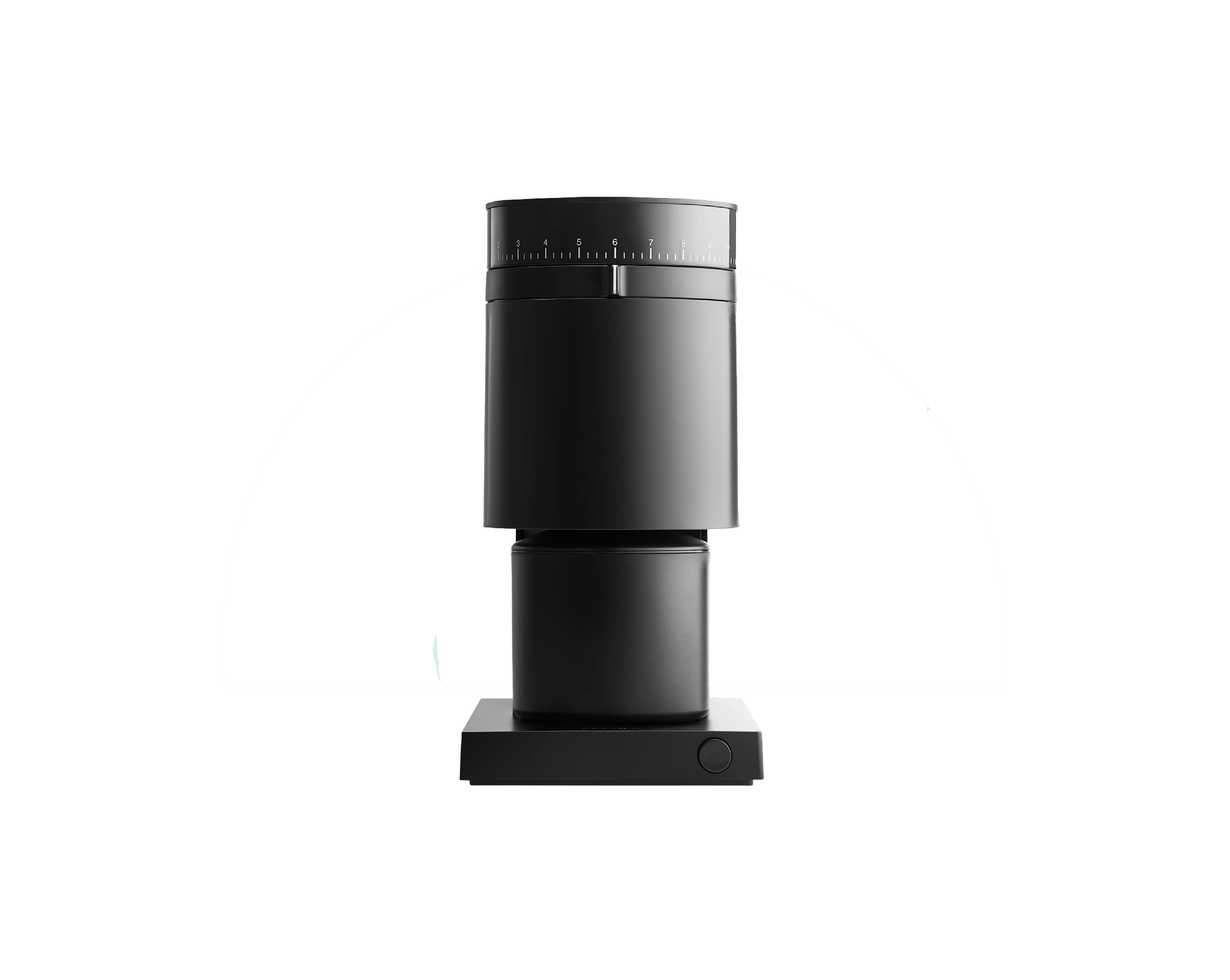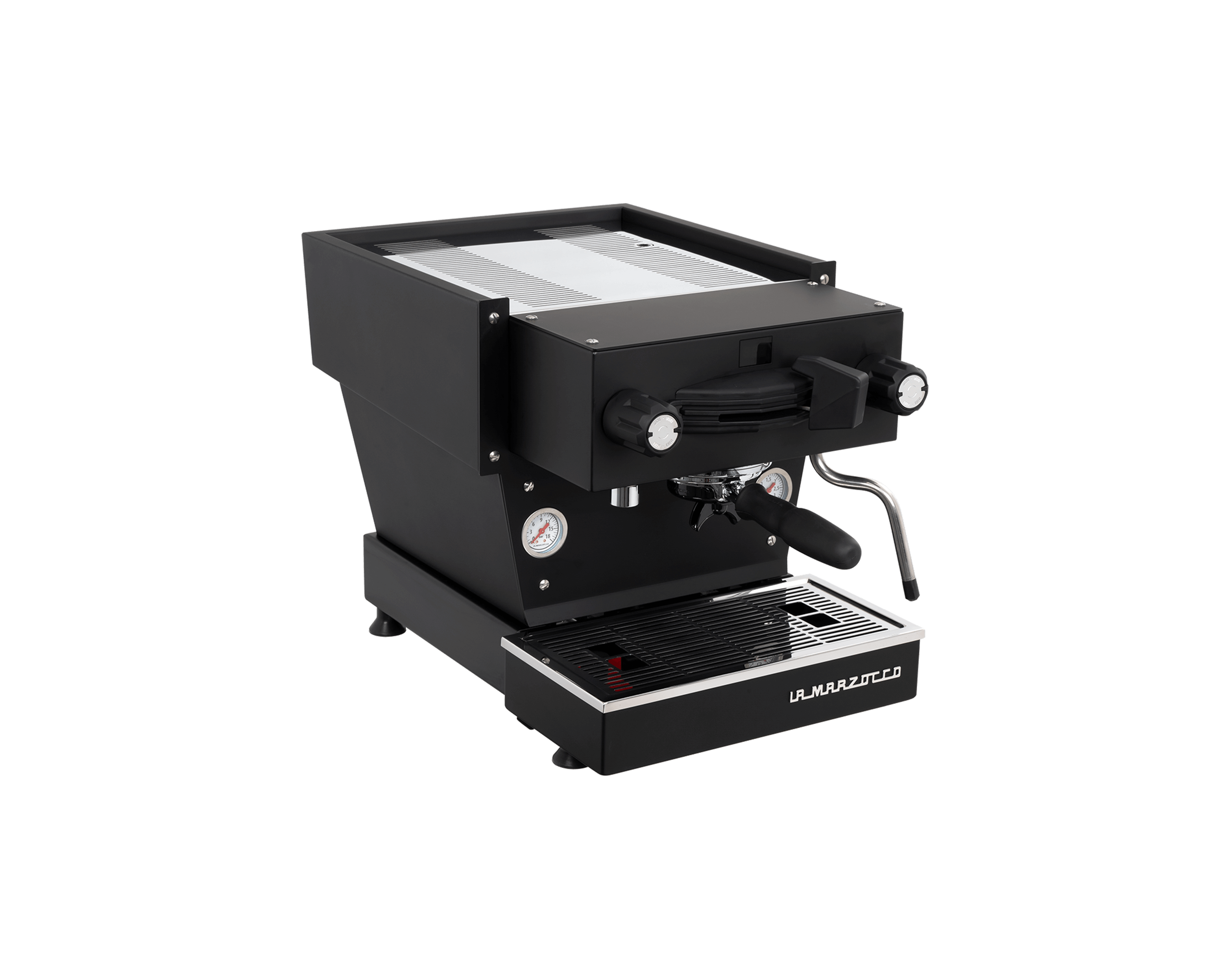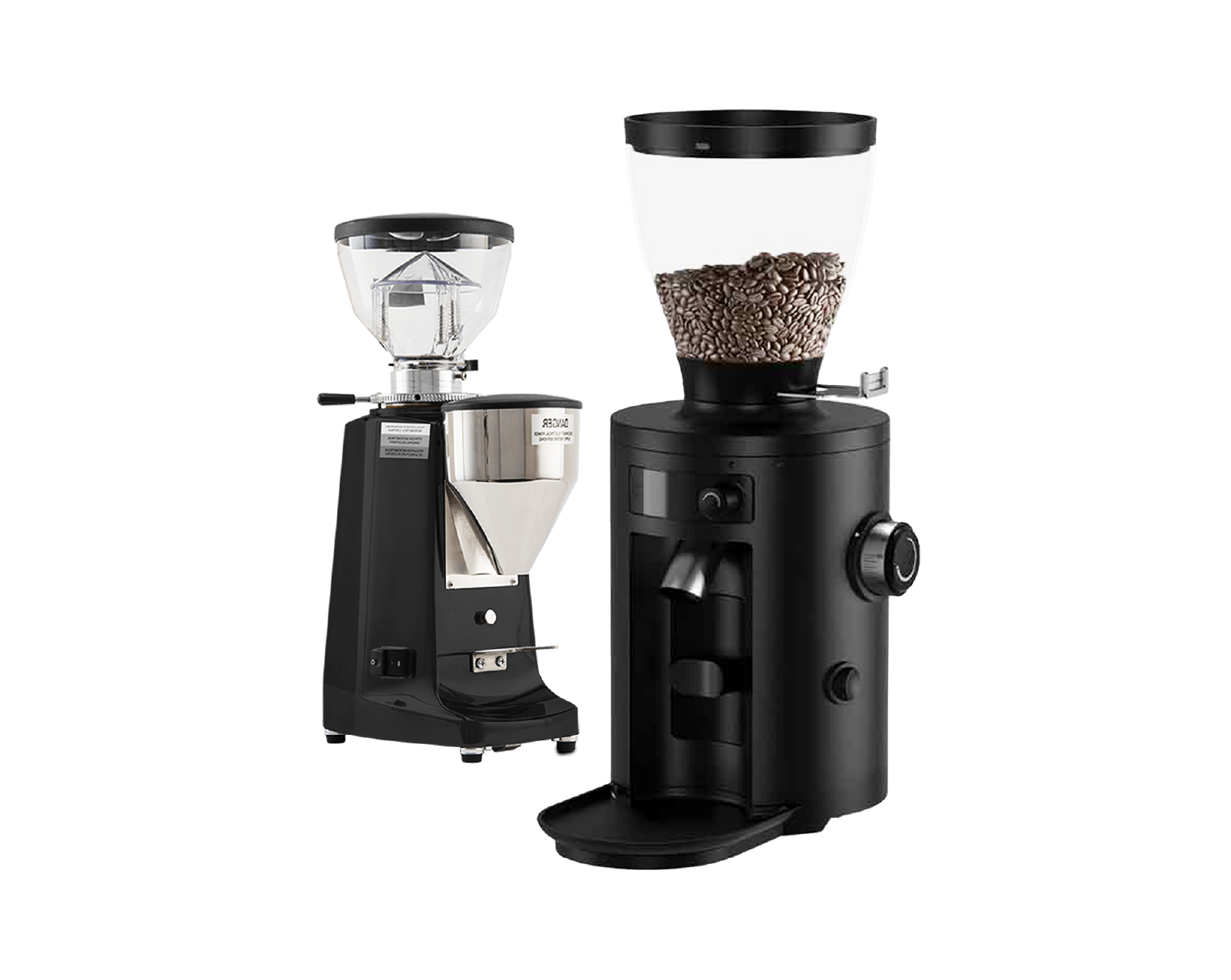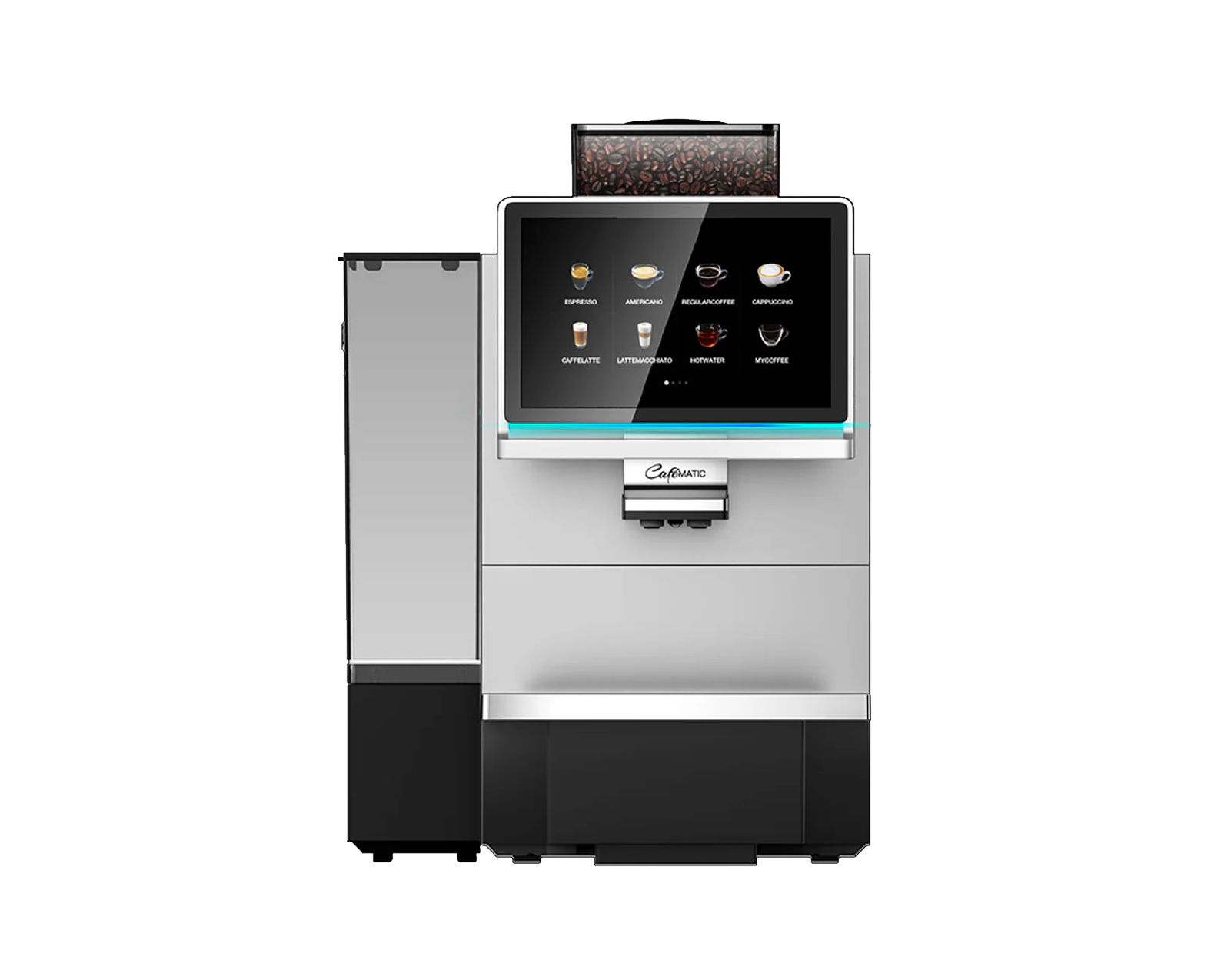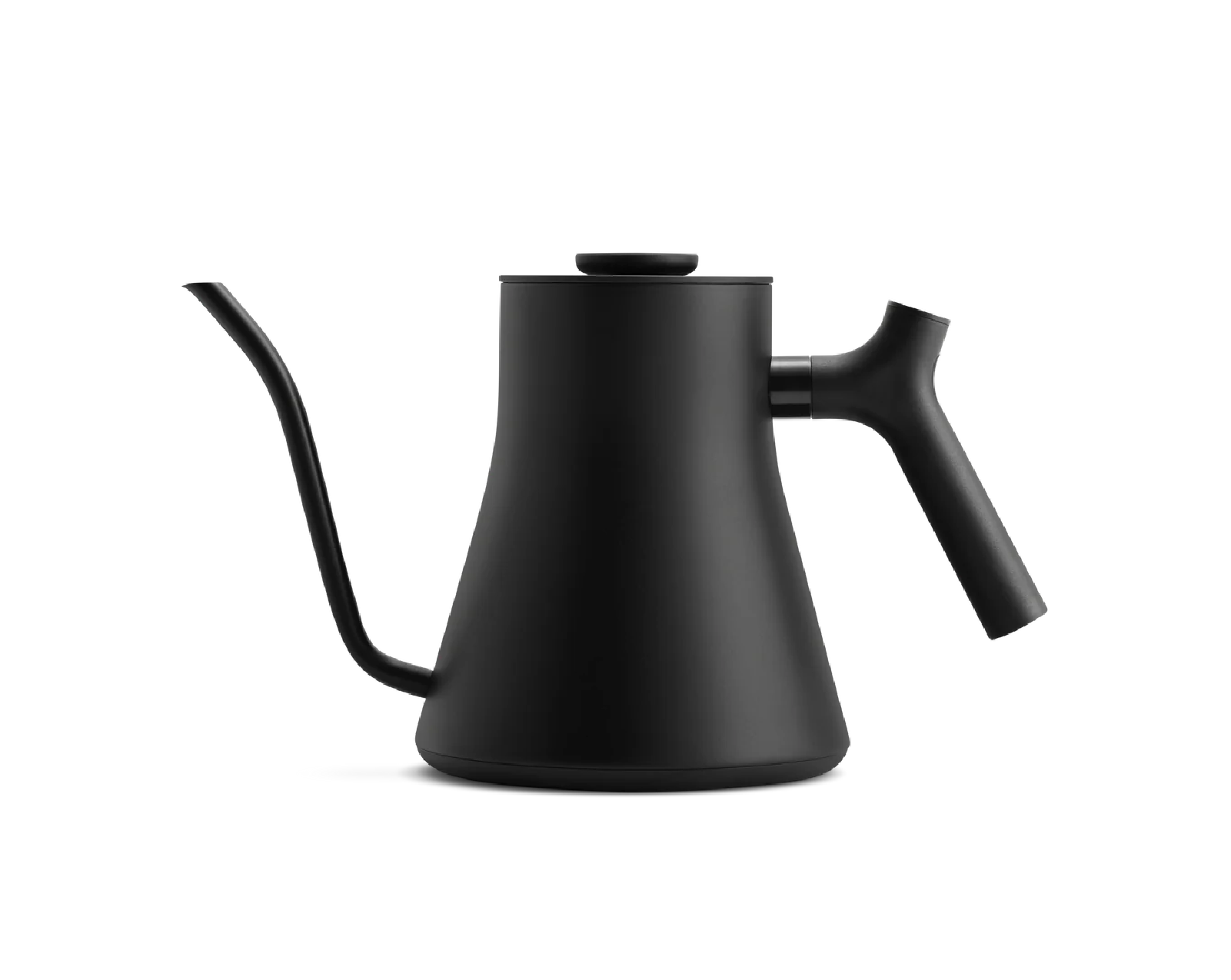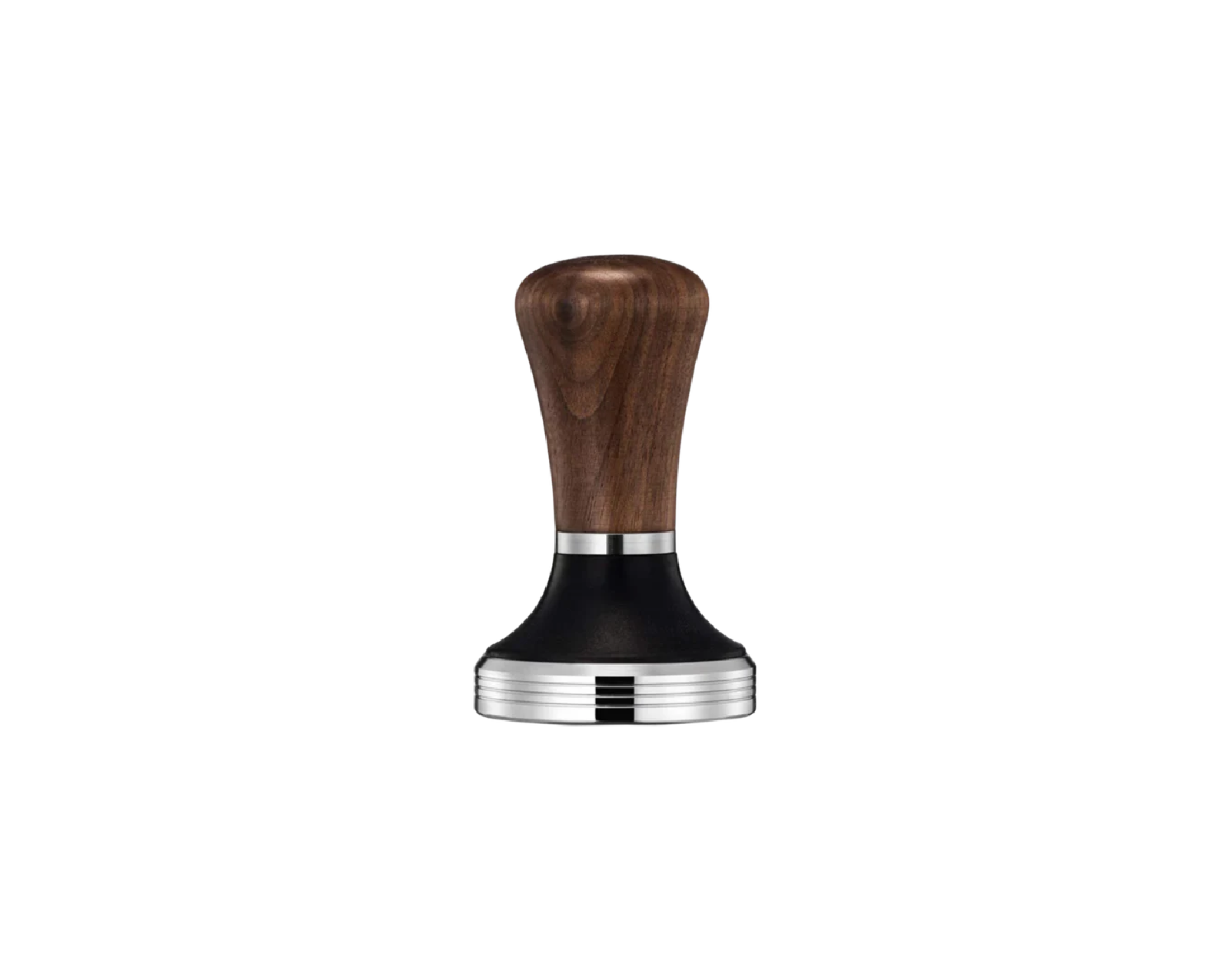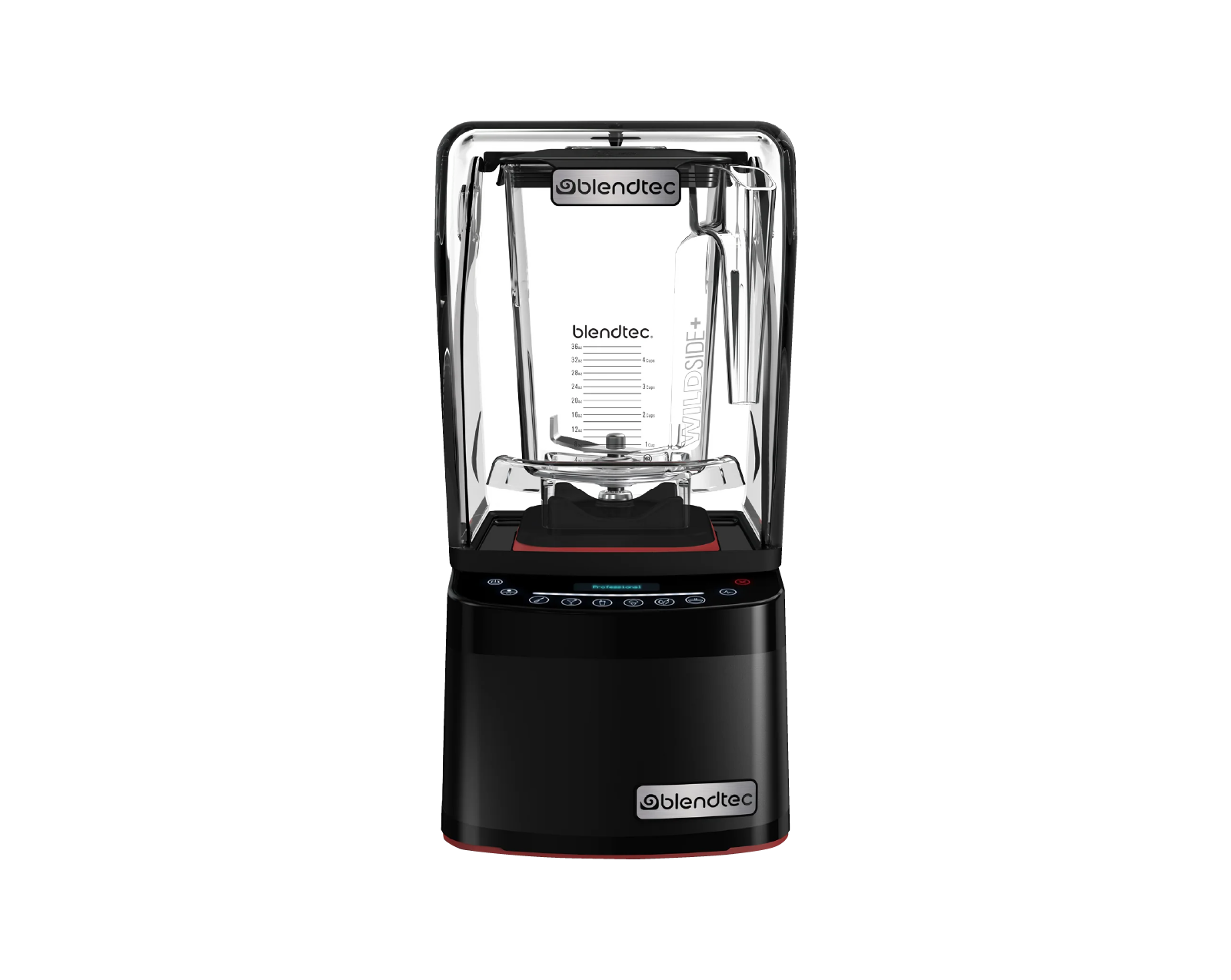This saying is all too familiar to those who have worked as baristas. The request can be as simple as "Grande Latte, Extra Hot," slightly more specific with "Can I have my milk extra hot please," or even more comprehensive with "I have a long trip to where I'm going, so I need that milk to be extra hot so it lasts."
Do not do that. We repeat, do not do that.
About Milk

Raw milk, or entire, unpasteurized milk, it contains life! Full of beneficial bacteria and live antimicrobials. It is one of the most delicious things you can drink when it is at its best. The effects of lactose intolerance, asthma, autoimmune diseases, and allergies are lessened by raw milk that is clean and free of contamination. It is abundant in fatty acids, vitamins, and minerals. Believe it or not, raw milk cappuccinos, are unmatched in terms of flavor excellence!
However, due to worries about whole, unpasteurized milk going bad or being bad, we rarely get the opportunity to do so. Dangerous germs like salmonella, e. coli, listeria, campylobacter, and others can be found in raw milk. Additionally, diseases like tuberculosis, which can be spread from sick cows, pose a hazard.
Therefore, we consume pasteurized milk. After passing chilled raw milk between heated steel plates to quickly heat it to 72C (161.6F), the milk is held at that temperature for around 15 seconds before being quickly cooled to 3.5C. (about 38F). The lactose, fatty acids, casein, and whey that make up the bulk of whole milk are barely impacted by this quick heating and chilling process. The majority of the healthy amino acids, vitamins, and minerals found in raw milk are also retained.
I am aware of your possible thoughts. All will be OK with my milk quality as long as I don't exceed that 161F mark when heating milk for an espresso-based beverage. Yet you're mistaken!
Milk steaming for Espresso

The procedures needed to quickly heat (and then cool down) milk in pasteurization are substantially different from the act of steam-heating milk for use in espresso drinks. When you steam milk, you actively influence the milk's constituent parts with steam, a water gas with a temperature of about 130C (265F). Additionally, the continuous pressure release from the steam is rapidly stirring the milk. Chemical changes are also further introduced by the leftover remaining heat.
The milk and its chemical constituents are heated differently by each of these actions and situations, which might speed up the breakdown and conversion of milk's constituents.
For instance, lactose can separate more quickly into lactulose (a non-digestible sugar that is not sweet to the tongue), alcohol, and carbon dioxide. The short, medium, and long chain fatty acids that are found in milk are also impacted, with the long chain fatty acids changing into short and medium ones. This has a huge impact on taste. Most crucially, you force the casein and whey components to split from the rest of the beverage and become their own components by creating chemical changes and even phase-change points in them. The quality of the milk and its flavor are being diminished as the temperature rises.
Thankfully, the normal steaming temperature for milk for espresso-based drinks, 63C or 145F, does not significantly change the milk's chemical composition. The fatty acids are still content, the lactose is still sweet, and the proteins are still whole and unquestionably performing their functions.
However, if you use steam to heat milk up to even the pasteurization temperature of 160F, or 71C, you will be damaging the milk, and you can smell it: the all-too-familiar stench of cooked whey that comes from the steam pitcher once you start going above 155F.
If you heat milk to 165 degrees Fahrenheit (74 degrees Celsius), you burn off the lactose, separate the proteins, ruin the flavor-enhancing vitamins and minerals, and separate and burn off the lactose. And the flavor is just bad.
Don't believe me? Steam up two test pitchers of milk. One to 145°F, the other to 165°F. Taste both after allowing them to cool for two minutes.
The real lesson here is to ignore physics, chemistry, and other related theories and simply trust your taste and smell senses. Simply, milk that has been heated to a temperature of 165°F or greater does not smell or taste pleasant. But milk that has been steam-heated to 145 degrees Fahrenheit or less tastes fantastic, because, at that temperature, the sweetness of the lactose, which is mellowly dispersed in the milk's foam (which is even colder), is present and properly accounted for.
Happy Brewing!



